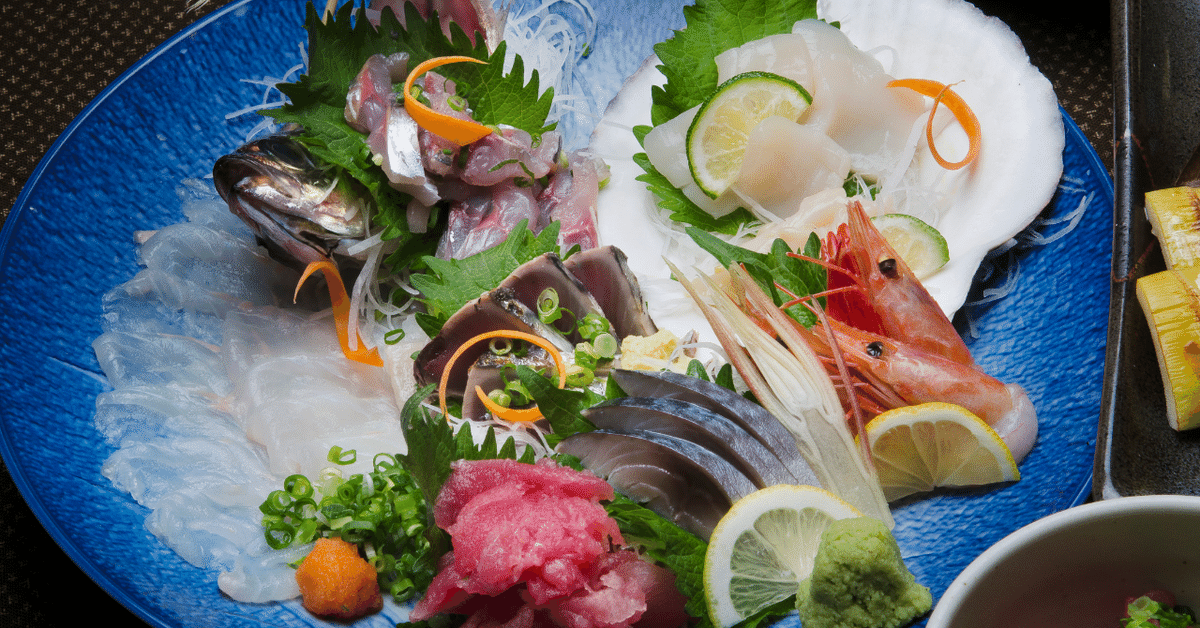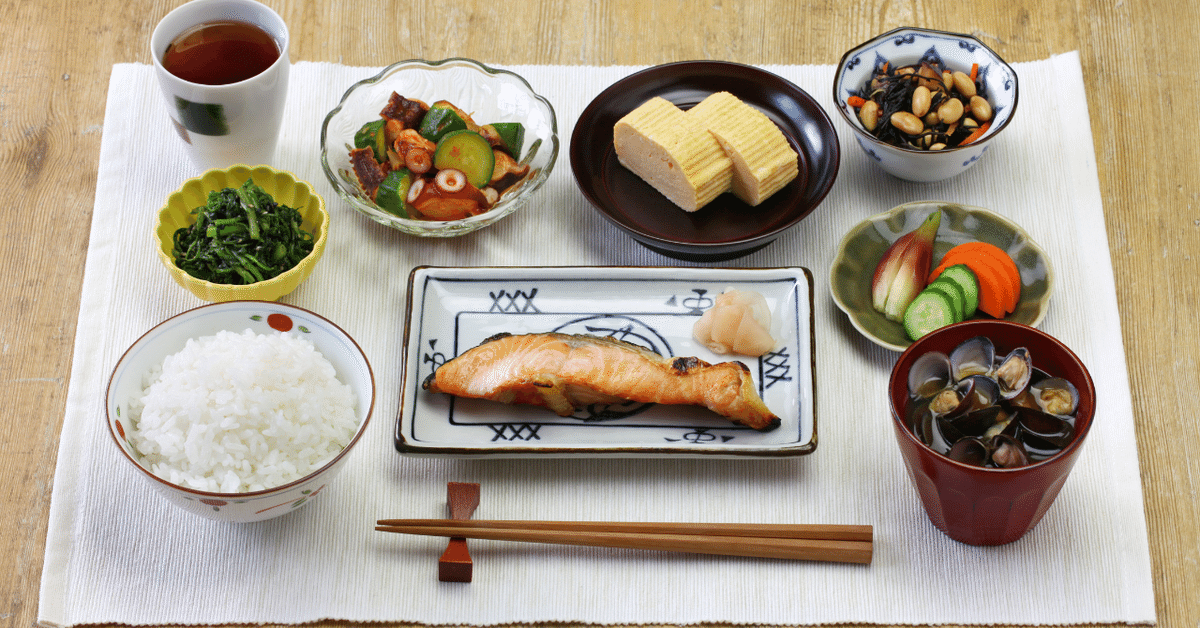
Seafood Delicacies in Japan and How to Enjoy Them
📱Check it out if u are planning to travel to Japan👇
Japan, a nation surrounded by bountiful oceans, is a seafood lover's paradise. The country's culinary heritage is deeply intertwined with the sea, offering a diverse array of seafood dishes that are as delicious as they are unique. In this guide, we’ll explore some of Japan’s most celebrated seafood delicacies and provide insights on how to savor them like a local.
1. Sushi (寿司)

What It Is: Sushi is arguably Japan's most iconic dish. It features vinegared rice combined with a variety of ingredients, such as raw fish, seafood, and vegetables. Popular types include:
Nigiri: Hand-pressed rice topped with fish or other toppings.
Maki: Rolled sushi with rice and fillings wrapped in seaweed.
Sashimi: Slices of raw fish without rice.
How to Enjoy:
Where to Try: Sushi restaurants range from high-end establishments to casual conveyor belt sushi (kaiten-zushi) spots.
Etiquette: Use soy sauce sparingly, dipping the fish side, not the rice side, to avoid overpowering the flavors. Enjoy with a touch of wasabi as desired.
Must-Try Locations: Tsukiji Outer Market in Tokyo, Sushi Dai, and Sushizanmai.
2. Sashimi (刺身)

What It Is: Sashimi is a minimalist dish featuring thinly sliced raw fish or seafood, often served with soy sauce and wasabi. It’s celebrated for its purity and the quality of the ingredients.
How to Enjoy:
Where to Try: High-quality sashimi is best enjoyed at specialized sushi bars or traditional Japanese restaurants.
Etiquette: Mix a small amount of wasabi into your soy sauce if you like a bit of heat. Dip the sashimi lightly to appreciate its natural flavor.
Must-Try Locations: Toyosu Market, local izakayas (Japanese pubs), and high-end sushi bars.
3. Tempura (天ぷら)
What It Is: Tempura is seafood (and vegetables) coated in a light batter and deep-fried to a crispy perfection. Common tempura seafood includes shrimp (ebi), squid (ika), and fish (kisu).
How to Enjoy:
Where to Try: Tempura can be enjoyed at specialized tempura restaurants and many izakayas.
Etiquette: Dip tempura pieces into tentsuyu sauce, made from dashi, soy sauce, and mirin, or sprinkle with a bit of salt.
Must-Try Locations: Tempura Kondo and Tsunahachi in Tokyo.
4. Grilled Fish (焼き魚)
What It Is: Grilled fish is a staple of Japanese home-cooked meals and traditional dining. Popular choices include mackerel (saba), salmon (sake), and horse mackerel (aji), typically seasoned with salt.
How to Enjoy:
Where to Try: Grilled fish is widely available at traditional Japanese restaurants, ryotei, and izakayas.
Etiquette: Squeeze lemon or lime over the fish for extra flavor. Be mindful of the bones while eating.
Must-Try Locations: Local izakayas and ryotei across Japan, particularly in coastal areas.
5. Kaiseki (懐石料理)
What It Is: Kaiseki is a multi-course traditional Japanese meal that often highlights seasonal seafood. It’s an artistic culinary experience where presentation and taste are equally important.
How to Enjoy:
Where to Try: Kaiseki is best experienced at high-end ryotei or kaiseki restaurants, often found in Kyoto and Tokyo.
Etiquette: Kaiseki dining is formal, so follow the lead of the staff and other diners. Savor each course as it is served in a specific sequence.
Must-Try Locations: Gion district in Kyoto, upscale kaiseki restaurants in Tokyo.
6. Unagi (うなぎ)

What It Is: Unagi, or freshwater eel, is a delicacy that is typically grilled and glazed with a sweet soy-based sauce. It is often served over a bed of rice in a dish known as unadon or unaju.
How to Enjoy:
Where to Try: Specialty unagi restaurants (unagiya) are the best places to savor this dish.
Etiquette: Enjoy unagi with a sprinkle of sansho (Japanese pepper) to enhance its flavor.
Must-Try Locations: Nodaiwa in Tokyo, Unagi Hirokawa in Kyoto.
7. Fugu (ふぐ)
What It Is: Fugu, or pufferfish, is a potentially deadly delicacy that requires careful preparation by licensed chefs. It can be served as sashimi, in hot pots (nabe), or fried.
How to Enjoy:
Where to Try: Only eat fugu at licensed restaurants known for their expertise.
Etiquette: Fugu is usually enjoyed with ponzu sauce, a citrus-based soy sauce.
Must-Try Locations: Michelin-starred fugu restaurants like Usuki Fugu Yamadaya in Tokyo.
Tips for Enjoying Seafood in Japan:

Freshness Matters: Japan prides itself on the freshness of its seafood. Visit famous markets like Tsukiji and Toyosu in Tokyo for the freshest catch.
Seasonal Specialties: Many seafood items are best enjoyed in their peak seasons. For example, autumn is the best time to enjoy sanma (Pacific saury).
Regional Delicacies: Each region of Japan offers unique seafood dishes. Hokkaido is renowned for its crab and sea urchin, while Kanazawa is famous for its yellowtail (buri).
Final Tips:

Try Omakase: For a truly unique experience, consider an omakase meal where the chef selects and prepares dishes for you.
Local Customs: Observe and follow local customs and dining etiquette to enhance your dining experience.
Exploring Japan’s seafood delicacies is a culinary adventure that promises to delight your taste buds and provide a deeper appreciation of Japanese culture. Whether you're savoring sushi at a high-end restaurant or enjoying a casual meal at an izakaya, Japan's seafood offerings are sure to leave a lasting impression. Enjoy your journey through Japan's rich seafood tradition!
JTI | Japan Travel Itinerary
Empowering your travel dreams with bespoke itineraries crafted by our expert team, independent of vendors for truly personalized experiences.
Check our SNS (Instagram)
🔥We share Japan useful travel tips
https://www.instagram.com/japan_travel_itinerary/
